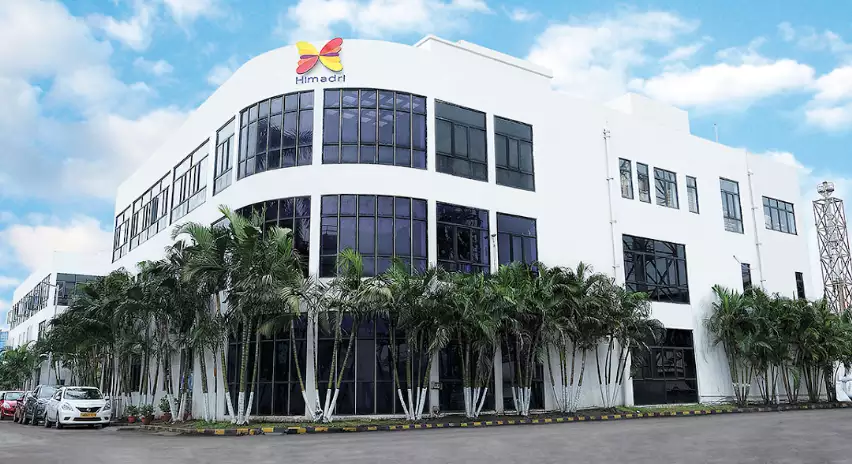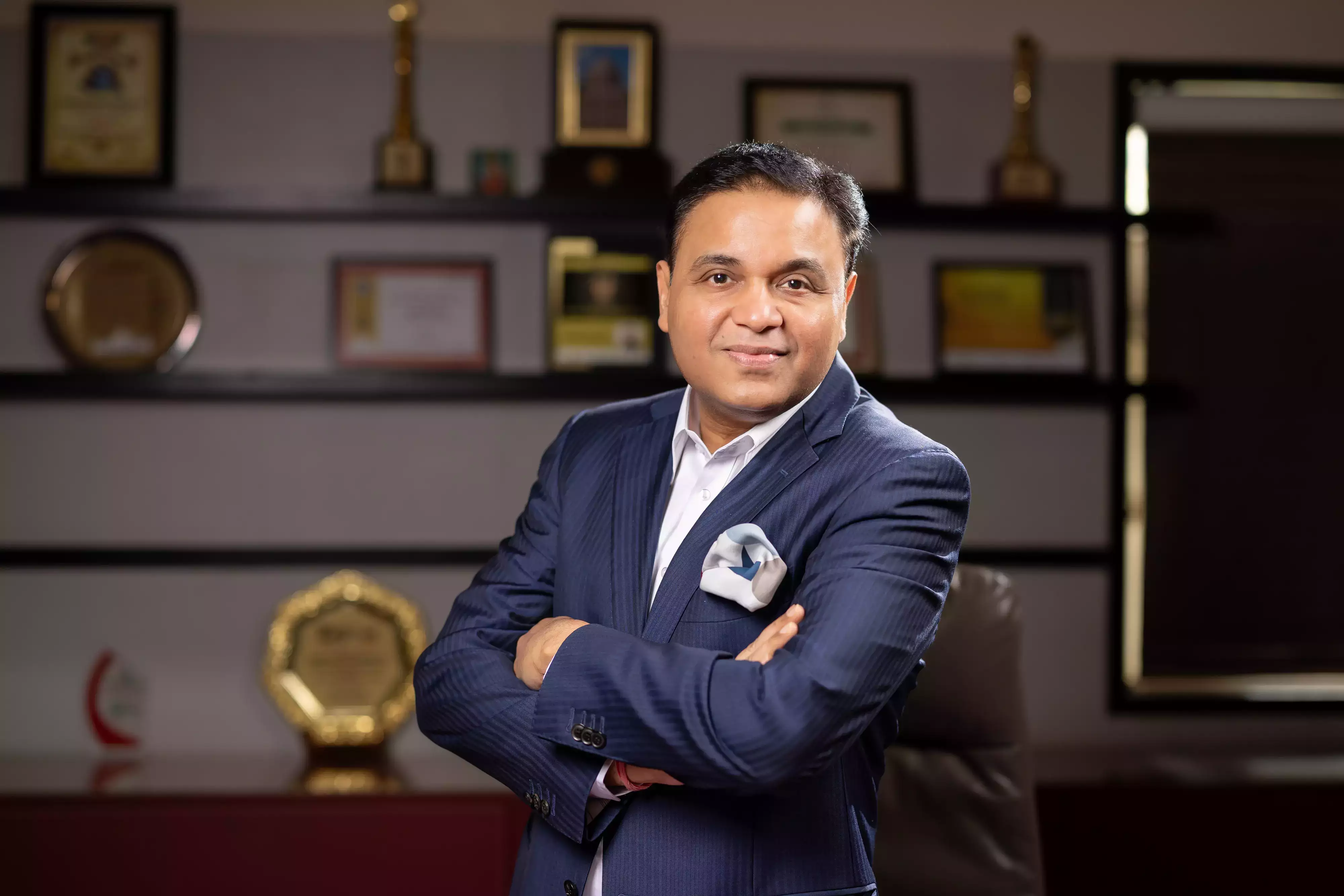
Electric vehicles is clearly a subject that is close to Anurag Choudhary’s heart. The CMD & CEO of the Kolkata-headquartered Himadri Speciality Chemical is absolutely categorical that the time has come for India to play a big role here at a time when China is the undisputed monarch of the EV arena.
“Himadri has played a very critical role in developing the raw material components for lithium-ion batteries. Unless and until you do this, you cannot be self-reliant. Otherwise, you will just remain a fabricator and assembler,” Choudhary told ETAuto in a recent interview.
Himadri is setting up an LFP (lithium iron phosphate) plant in Odisha with a capacity of 100 gigawatt hours (GWh). To be commissioned over six years, the first phase involves 20 GWh and will see an output of 40,000 tonnes of LFP at an investment of INR 1,130 crore. Production will begin from the third quarter of FY ’27 and the total cost of this 100 GWh project is INR 4,700 crore.
“We are doing lot of research on backward integration of Li-ion.The raw material for LFP is lithium carbonate and iron phosphate and we are working on making lithium carbonate ourselves,” he elaborated. Green gases will be used to leach the material and the green lithium produced in the process “will be a revolution in the world”.
Robust R&DAccording to Choudhary, the company has a strong R&D base of 148 people comprising specialists from Japan, South Korea, China, the US and Europe. At present, there is extensive research going on in anodes where there are three types: natural, synthetic and silicon.
“Himadri is the only company which is doing huge research and development on all these three categories of anodes,” he says. Natural anodes are sourced from graphite mines which are then purified and cleaned followed by classification, sizing and coating.
When it comes to synthetic anodes, there are two types: petroleum coke and coal tar pitch. Himadri is “uniquely positioned” from the viewpoint of backward integration for coal tar pitch. In the case of silicon anodes, they are not stable material which means blending is ruled out.
“We are making high quality silicon carbon,” says Choudhary. Here, the charging time is reduced and this could end up being a “revolutionary product”. The anodes unit will also be commissioned in Odisha. “This will be one of its kind where you have all the anodes housed under a single roof. No one in the world has done this,” he says.

Focus on anodesHimadri, continues Choudhary, has already done a lot of work on anodes where the raw material has been exported to Chinese companies. The company has developed a special coke from pitch which is used for making anodes. Reiterating that “even China” does not have this kind of model being planned in Odisha, Choudhary admits that this gives him a special feeling. “I have been dreaming of doing it for many years now and now we have come to a place where we are making it a reality. This will be a big revolution in the country with the raw material component in place,” he says.
The Li-ion market is 870-890 GWh and expected to grow to 4400 GWh by 2030. “For the first time in my life, I am in an industry where demand is not a constraint. The growth is going to be exponential,” says Choudhary.
According to him, nearly two-thirds of the cost of a Li-ion battery is taken up by the anode and cathode. There is more food for thought whilst on this subject: 100% of the cathode is made in China for LFP and 90% for NMC (nickel manganese cobalt). Nearly 88% of the anode is also made in China — no surprises here.
Challenges galore“However, if the world has to adopt this technology, manufacturing has to come in and there are various challenges for western geographies,” elaborates Choudhary. For one thing, it is not easy to get the right people and, as he puts it, the “aspiration to do hard work” has gone.
Europe today is in the midst of a bloodbath where layoffs are due to happen en masse in the coming months and years across the entire automotive ecosystem. With everyone looking for countries other than China to make EVs, India becomes the natural choice and here is where the Himadri chief is placing his bets.
The recent acquisition of Birla Tyres also gives the company a comfortable foothold in the B2C space. “Even here, our focus will be electric vehicles and we will be targeting special tyres for this purpose,” he says.
The Himadri DNA “actually resonates” with innovation, research and development. Choudhary started this company in 1990, when he was just 18, at a modest capital of INR 19 lakh. When he ventured into new areas like coal tar pitch, the business was dominated by steel plants in India who retailed the material on the basis of three chemical and physical properties.
Today, Himadri is doing this with a much larger base of 27 chemical and physical properties. “We interacted with consumers, showed them the benefits of high quality and they soon started asking for better quality. Steel plants stopped producing the material and we became the market leader with a 65% share,” he recalls.
 The lithium journey
The lithium journey Himadri is also the largest producer of naphthalene in India and the fourth largest producer of speciality carbon black in the world. “I used to travel a lot to the West and Japan to understand the technology.That is when I came across this lithium subject,” reminiscences Choudhary.
Li-Ion batteries is a development of the last two decades even while it has become more popular as a subject of discussion in only recent times. “It took 20 years to be where it is today. So for any chemistry to mature and become economically and commercially viable, it takes a long span of time. Then the commercial capacities follow,” he elaborates.
Himadri has done a lot of work on this subject and has invested considerably in R&D over the last decade. “I had the confidence that this chemistry would click one day for EVs which will be one of the biggest revolutions of the 21st century,” says Choudhary.
He adds that this will lead to a complete transformational journey within the Himadri group even while the chemicals business will continue to be the core. “That is our bread-and-butter and we are expanding that base also. For the first time we started export of liquid pitch from India. So we have strong plans for existing businesses also,” he says.
New entities The “new Himadri” that will focus on exciting frontiers like EVs has spawned entities like Himadri Future Material Technology and Himadri Clean Energy. The next three years have a capex outlay of INR 2,300 crore which could increase substantially beyond this period.
“Nothing in life is without challenges and it is your approach that is important. I believe that the goalpost we have set for ourselves is on the conservative side. The thing with EVs is that when something is economical and beneficial to consumers, you cannot stop the wave,” signs off Choudhary.
To learn more about the electric vehicle ecosystem and meet the key industry leaders, click here


